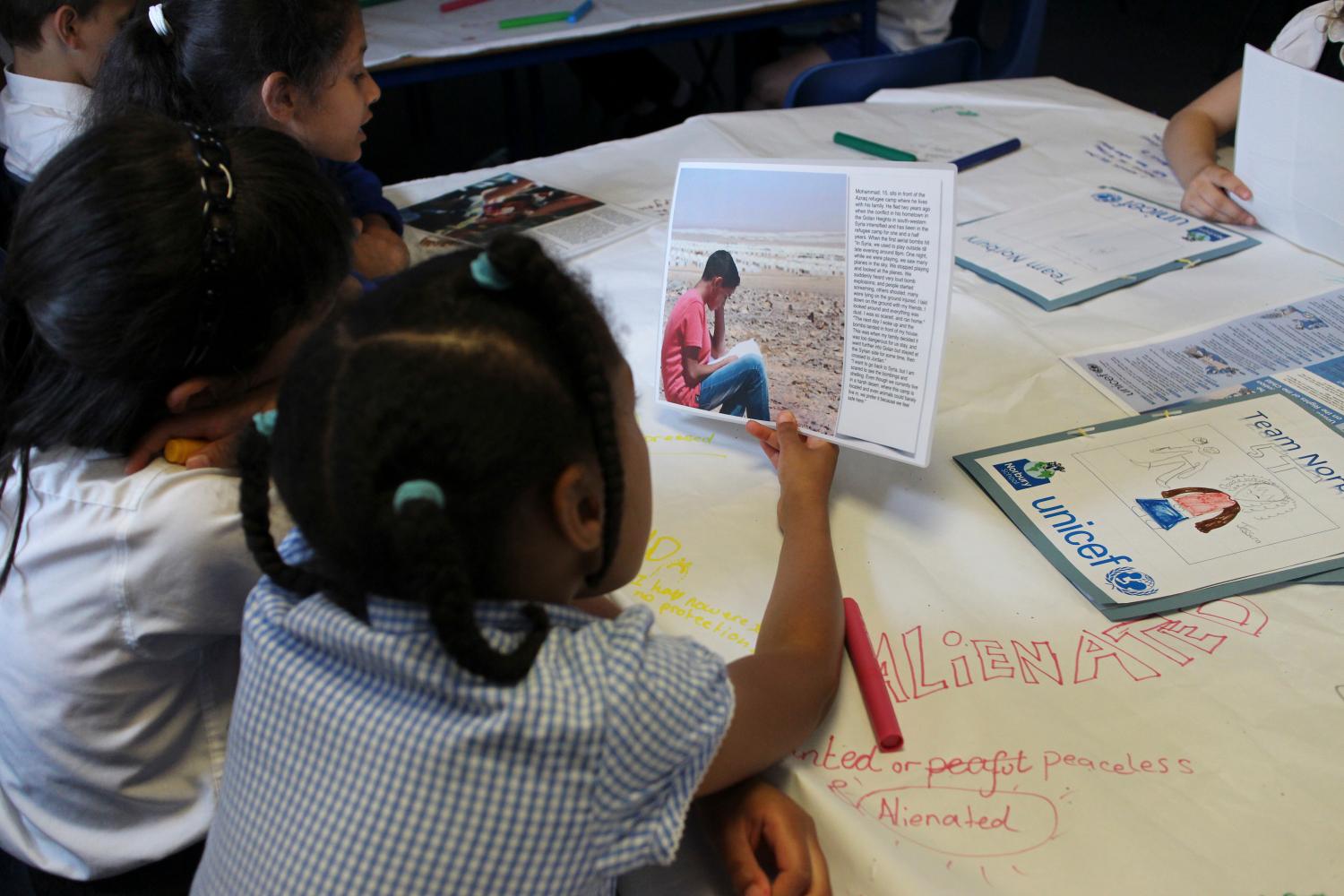This week the Census Bureau released new data showing a poverty rate of 14.3 percent in 2009. This adds 6.3 million new people to the ranks of the poor since 2007 before the recession began.
The problem will get much worse long before it gets better. Analysis by Emily Monea and myself shows that the poverty rate is likely to approach 16 percent before we are out of the woods and to remain high through most of this decade. We estimate that the recession will likely add 10 million people and 6 million children to the poverty rolls by mid-decade.
What does it mean to be poor in America? According to the government, poverty means having an income of less than $22,025 for a family of four (2008 numbers). This number does not include noncash benefits, such as Food Stamps or the value of the EITC, nor does it take into account work-related expenses, such as child care and commuting costs, or the fact that the amount spent on basic necessities (food, shelter, clothing, and utilities) have increased for most families since the measure was first adopted in the 1960s. The Census Bureau is now considering publication of a supplemental poverty measure beginning in 2011 that will correct for some of these deficiencies and which may paint an even more dismal picture for many groups.
In our recent book, Creating an Opportunity Society, Ron Haskins and I argue that we should encourage more low-income families to climb the ladder into the middle class by improving education, encouraging work, and strengthening families. We favor government assistance but assistance targeted to those who are making an effort to improve their lot. We especially like programs, such as the EITC and child care, that encourage and reward work. But it makes no sense to urge more people to work in the midst of a deep and prolonged period of joblessness.
What is needed is a stronger safety net for as long as it takes to get the unemployment rate back to reasonable levels. A strengthened safety net will not only help families in need but also support the recovery by maintaining the purchasing power of these families, helping to create jobs which are a far better antidote to poverty than most social welfare programs.
The Recovery Act provided some of the needed help, directly reducing poverty by 6 million people and ameliorating the situation for many others, according to a 2009 analysis of seven provisions by the Center for Budget and Policy Priorities. But as the Center and others have noted, many of these provisions may now lapse just as the need is becoming most obvious. One example is the Child Tax Credit, enacted in 2001 and strengthened in 2009 to provide more assistance to low-income working families. If the provisions added in 2009 are not extended, 7.6 million low-income children will lose this benefit and many others will be adversely affected.
The welfare system was reformed in 1996 to encourage work. I supported these reforms. But the recession makes finding jobs very difficult and has hit low-income families especially hard. It’s time to recognize that they need a little more help from the rest of us. At a time when the debate is about spending $700 billion to maintain low taxes on the rich, couldn’t we spare a few billion for the poor?
The Brookings Institution is committed to quality, independence, and impact.
We are supported by a diverse array of funders. In line with our values and policies, each Brookings publication represents the sole views of its author(s).




Commentary
We Should Strengthen the Safety Net as the Recession Swells the Ranks of the Poor
September 16, 2010